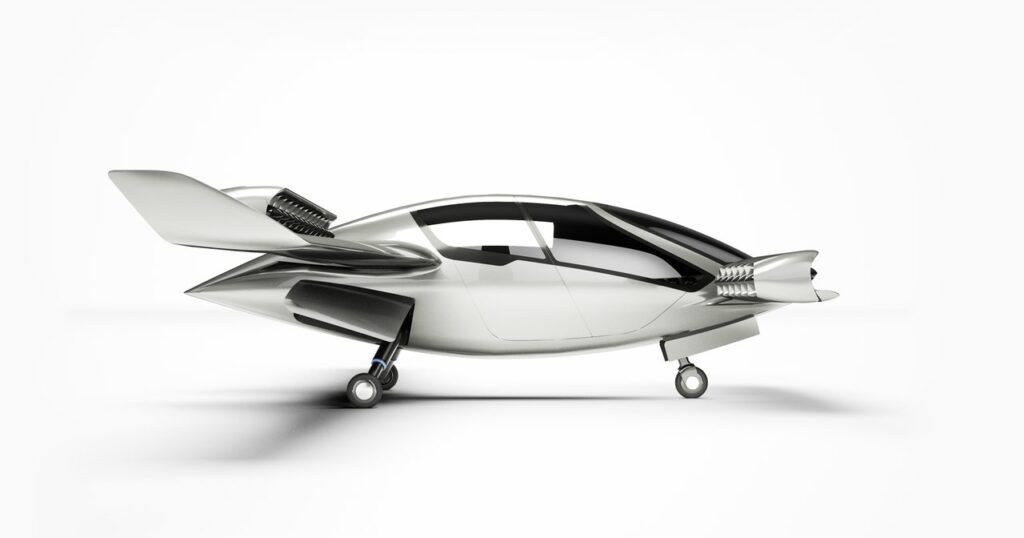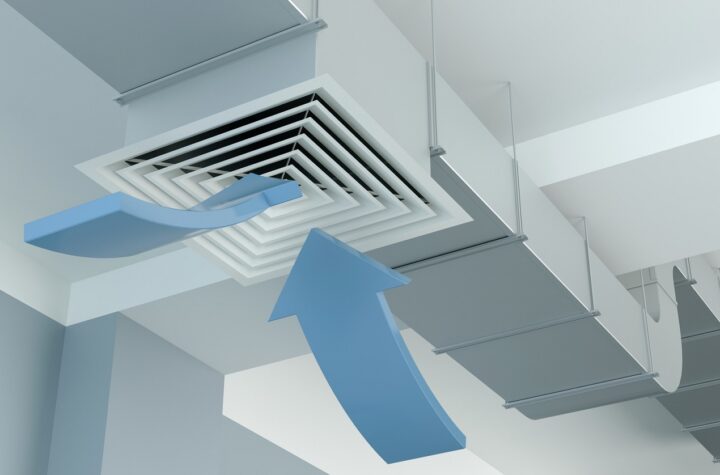
We won't have electric airplanes until battery tech improves
Today’s industrial airliners aren’t precisely gasoline efficient. The common 747, for example, burns via a gallon of kerosene-primarily based totally gasoline each 2d that it flies. And with 8.2 billion humans predicted to take to the skies yearly through 2037, carbon-loose options to Jet A-1 can be vital for you to offset the enterprise’s effect on worldwide warming. We are nearing the age of electrical airplanes.
Pioneering researchers, scientists and mark+eters had been operating at the dream of electrified flight because the latter a part of the nineteenth century whilst heavy lead-acid batteries had been loaded onto early airships to strength their propellers. We’ve additionally visible some of, ahem, novel approach of powering plane even as in-flight in the course of the years, from conductive tethers stretching backpedal to the floor to sun panels to microwave strength transmission however it wasn’t till the arrival of fairly greater strength-dense Nickel-cadmium (NiCad) battery era that human-scale loose-flying electric powered planes have become technically feasible.
But at the same time as battery chemistries have developed and strength densities have risen over the last few decades, today’s country of the artwork Lithium-ion cells pose the identical quandry to the aviation enterprise as they do to the automotive: a way to well stability the strength-to-weight ratio in their batteries.
“If a jumbo jet had been to apply today’s batteries, 1.2 million kilos of batteries might be required simply to generate the strength of the jet engine it might be replacing,” University of Houston Energy Fellow, Emily Pickrell, opined in Forbes in advance this 12 months. “This weight might efficiently want a further 8 jet planes simply to hold that weight!”
And as Li-ion era has completely matured, similarly will increase to its strength density have fallen to beneath 5 percentage with every annual iteration, that is why some of researchers and battery agencies are already searching out the following step forward battery chemistry — whether or not that’s Sodium-ion (Na-ion), Lithium-metal (Li-metal), Lithium-Sulphur (Li-S), or Zinc-air (Zn-air).
Regardless of composition, batteries want to get an entire lot lighter and greater strength dense if they’re going to assault and dethrone jet gasoline which, with an strength density of 9.6 kWh/L, makes the flammable liquid approximately 50 instances as strength dense as today’s great li-ions. To be truthful aleven though, because of inefficiencies inherent to inner combustion engines, that parent drops to round 14 instances the strength density of a li-ion battery if you’re evaluating identical weights of gasoline and batteries.
For example, a Tesla Model 3’s li-ion-primarily based totally battery boasts an strength density of 260 Wh/kg even as CATL introduced in advance this 12 months that it had constructed a sodium-ion battery with one hundred sixty Wh/kg density (aleven though it hopes to get that as much as two hundred Wh/kg through 2023). Lithium-sulfur batteries have proven the capability to preserve as much as six hundred Wh/kg, aleven though that era faces substantial durability hurdles (i.e. the chemistry has a tendency to devour via electrodes) earlier than they may be broadly used. Currently, 2- and 4-character small plane equipped with electric powered strength structures commonly perform at 250-270 Wh/kg of unique strength however enterprise professionals assume strength densities will ought to hit 350 – four hundred Wh/kg earlier than the electrical aviation enterprise surely takes off — some thing that might take place inside the following few years, in line with Tesla CEO, Elon Musk.
Preventing and mitigating thermal runaway is some other crucial check for electric powered aviation. When a battery mobileular, or maybe a place inside a unmarried mobileular, malfunctions because of mechanical, thermal, or electrochemical failure, its temperature can upward push past secure ranges inflicting the mobileular to first produce lithium off-gasses, inflicting the mobileular partitions to bulge, then rupture, liberating the whole lot of its strength reserve. When a mobileular bursts it may harm and overheat surrounding cells, putting off a cascading failure that effects in explosion and hearthplace. When that occurs to a Chevy Volt, the auto will probably be a write off (hands crossed it didn’t additionally set your home on hearthplace) however if this type of failure had been to arise in-flight on an electrified 747, the lack of lifestyles might be catastrophic.
To reduce the possibilities of a full-blown runaway from occurring, early detection of mobileular disasters is key. As off-gassing commonly takes place mins earlier than a mobileular ruptures, the presence of a tracking machine which compares sensors located near a li-ion battery towards the ones gathered through a reference sensor similarly away can alert for the presence of a failing mobileular. And to negate any gases which have already been released, hearthplace suppression structures armed with inert gas — to save you the offgasses from achieving flamable ranges whilst combined with atmospheric oxygen — may be hired as well. Of route ordinary upkeep and sturdy inspections additionally assist save you mobileular disasters earlier than the scenario will become explosive.





More Stories
[pii_pn_e7ae6d83e2fbe1b0] Error Code of Outlook Mail with Solution
How to fix outlook [pii_email_0d304b417851a62ee487] error
How to fix outlook [pii_email_563b546bff1ca33d1e4b] error